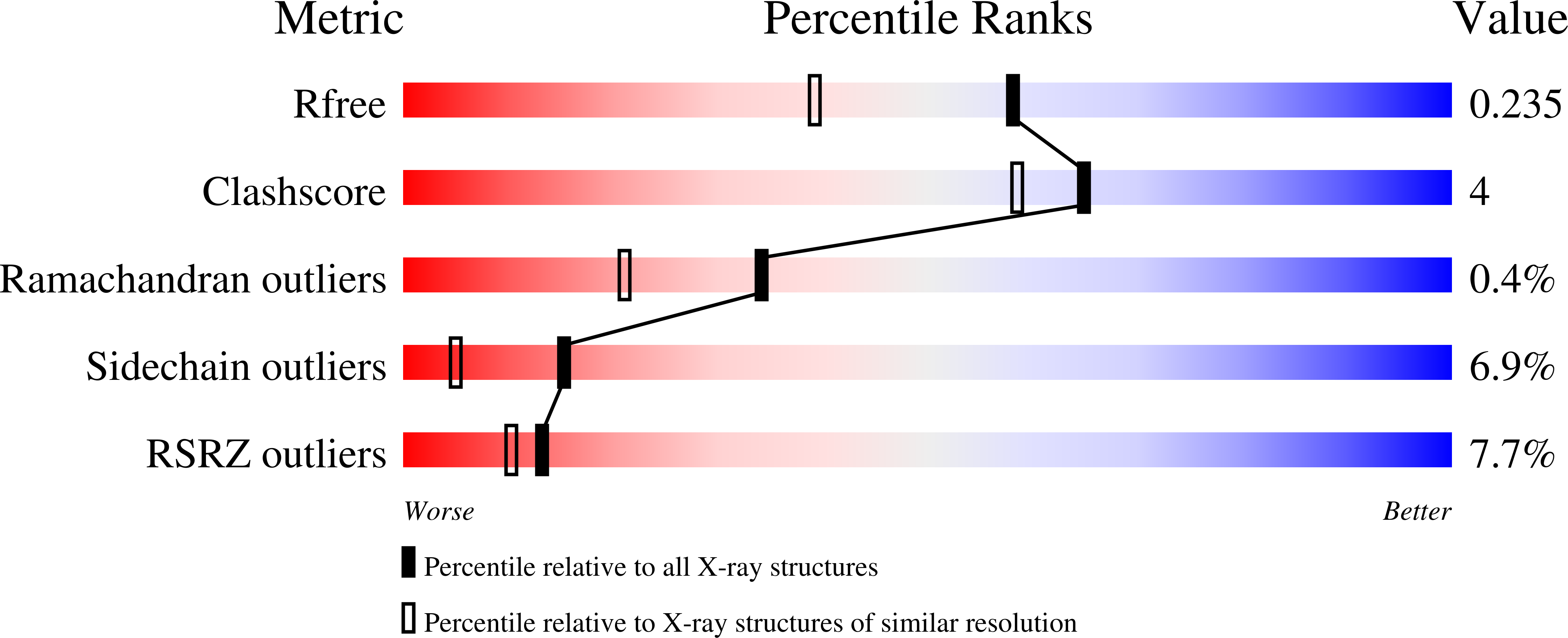
Deposition Date
2004-02-11
Release Date
2004-08-10
Last Version Date
2023-08-23
Entry Detail
PDB ID:
1SC3
Keywords:
Title:
Crystal structure of the human caspase-1 C285A mutant in complex with malonate
Biological Source:
Source Organism:
Homo sapiens (Taxon ID: 9606)
Host Organism:
Method Details:
Experimental Method:
Resolution:
1.80 Å
R-Value Free:
0.23
R-Value Work:
0.20
R-Value Observed:
0.20
Space Group:
P 43 21 2


